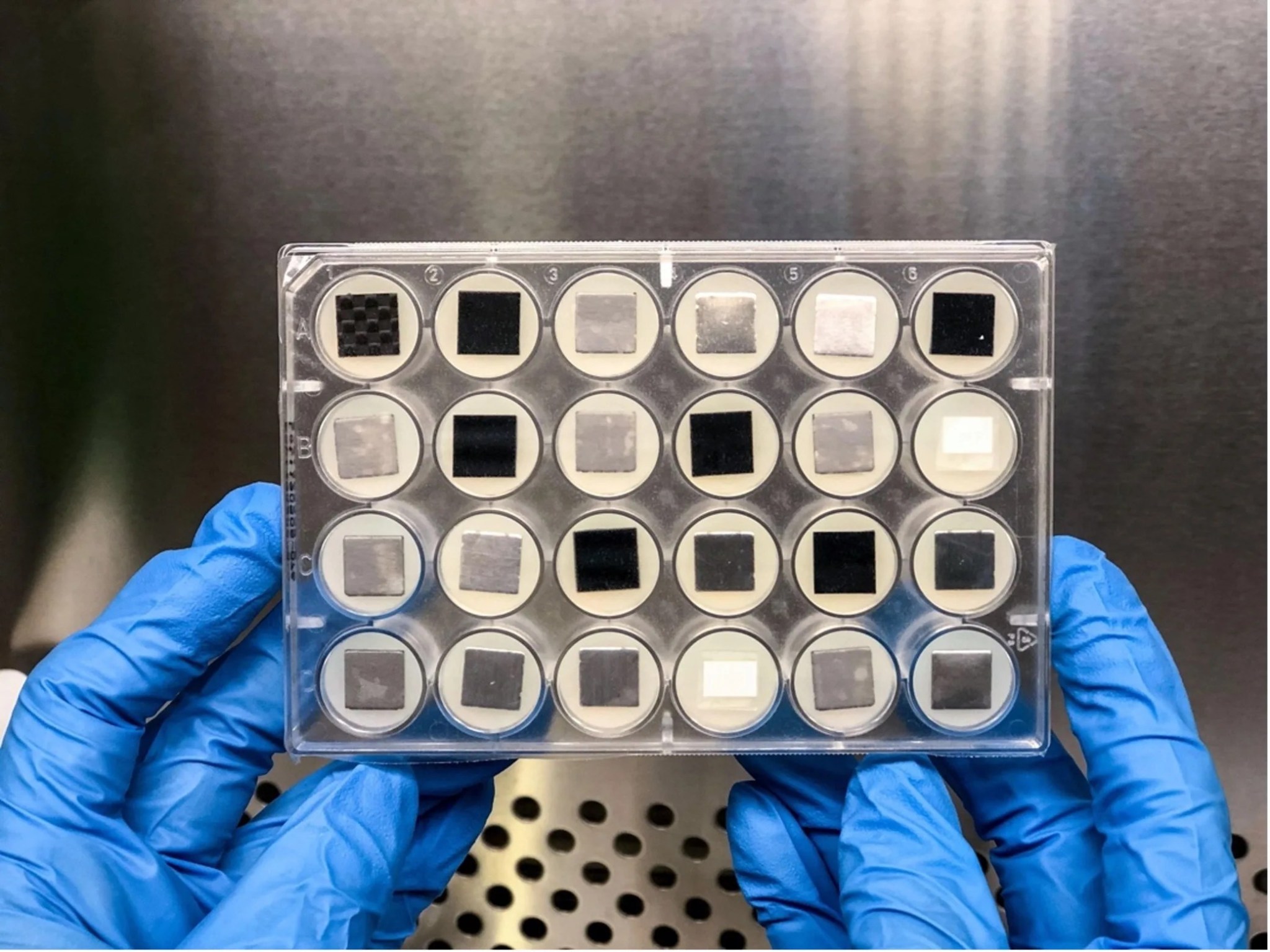Characterization of Biofilm Formation, Growth, and Gene Expression on Different Materials and Environmental Conditions in Microgravity (Space Biofilms)
Science Objectives
The Characterization of Biofilm Formation, Growth, and Gene Expression on Different Materials and Environmental Conditions in Microgravity (Space Biofilms) investigation characterizes the mass, thickness, structure, and associated gene expression of biofilms (molds) that form in space by analyzing a fungal species grown on different materials. Biofilm formation can cause equipment malfunction and human illnesses and could be a serious problem on future long-term human space missions.
Status
Partial re-flight on Northrop Grumman Commercial Resupply Services Mission 17 for investigation that originally flew on Northrop Grumman Commercial Resupply Services Mission12.

Experiment Description
The Characterization of Biofilm Formation, Growth, and Gene Expression on Different Materials and Environmental Conditions in Microgravity (Space Biofilms) investigation aims to characterize biofilm mass, thickness, morphology, and the associated gene expression using a spaceflight-relevant microbial (fungal) and different substrata materials. Additionally, Space Biofilms has the aim of providing researchers with new information about the biomechanical and transcriptomic mechanisms involved in biofilm formation in space. This project also aims to investigate the role of material surface topology on biofilm formation, as well as to test a novel surface.
Space Applications
New knowledge from this investigation may lead to improved methods and materials for controlling biofilm formation in space. Better control of biofilms helps maintain the safety and performance of crewed spacecraft and the health and safety of crew members, especially on long-duration space missions. It also could help protect any planetary bodies on which humans land from the introduction of microbial life from Earth.
Earth Applications
Biofilm formation also poses a health hazard on Earth. Improved methods for controlling biofilm formation have applications for protecting the health of people on the ground.





























